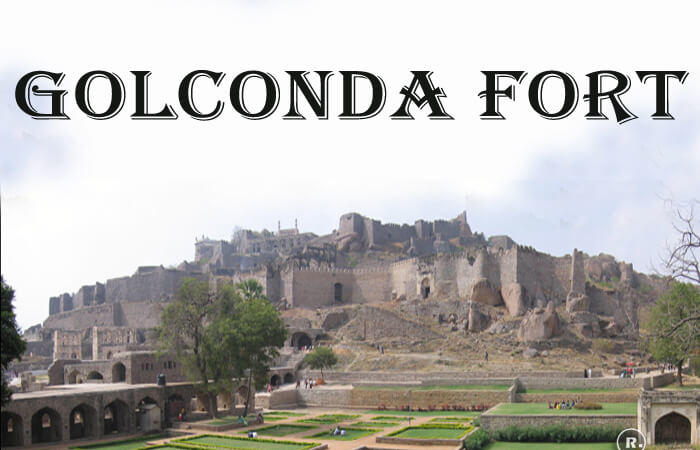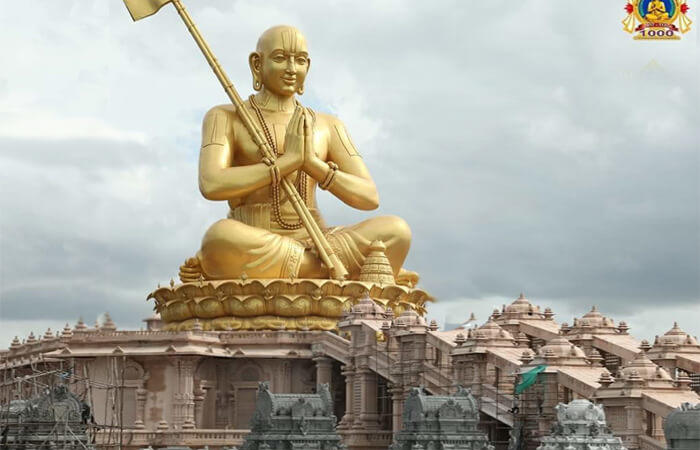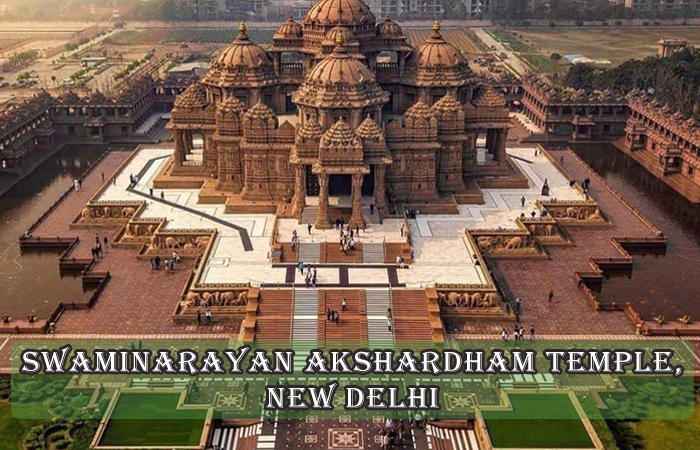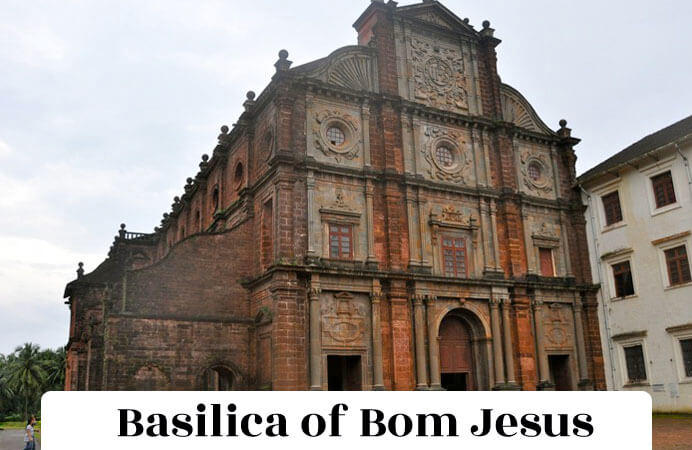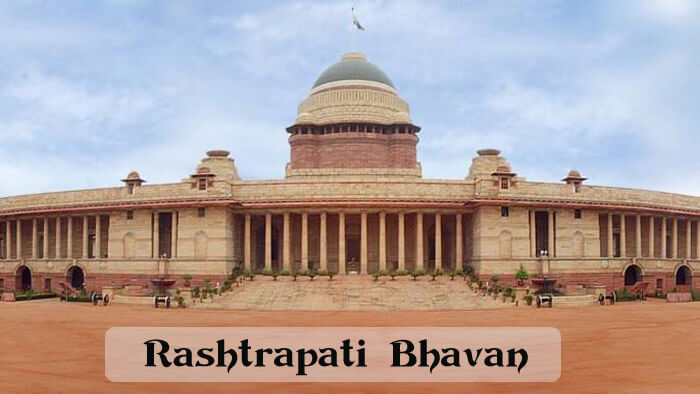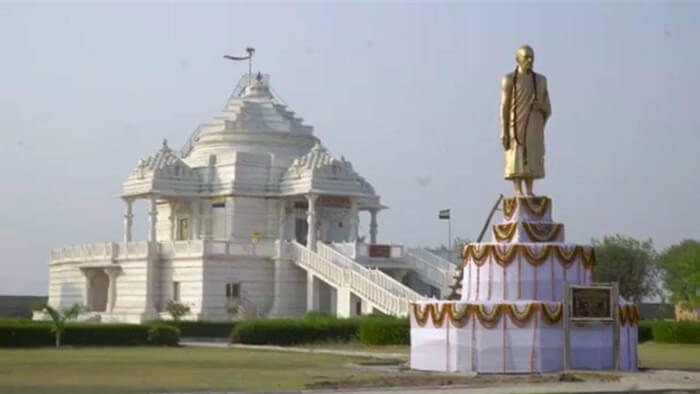National War Memorial, India Gate

National War Memorial (राष्ट्रीय समर स्मारक) in New Delhi is a national monument built in the vicinity of the India Gate, New Delhi. To honor its Armed Forces and memorialize armed forces members killed in war after Independence in 1947.
The memorial is for the soldiers who fought for the country in the Sino-Indian war in 1962, Indo-Pak wars in 1947, 1965, and 1971. Indian Peace Keeping Force operations in Sri Lanka, and in the Kargil Conflict in 1999.
National War Memorial Design
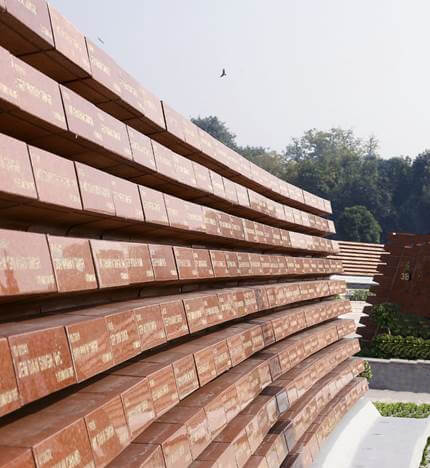
The National War Memorial is a state-of-art monument spread over an area of approximately 40 acres. It is a tribute to Indian soldiers who made the supreme sacrifice for the country post-independence.
The National War Memorial consists of four concentric circles Amar Chakra (Circle of Immortality), Veerta Chakra (Circle of Bravery). Tyaga Chakra (Circle of Sacrifice), and Rakshak Chakra (Circle of Protection) around a 15.5-meter tall central obelisk with the eternal flame at the bottom which represent the immortal soldier (Amar jawan). The circles are designed as a Chakravyuh, symbolizing the ancient Indian war formation, with names of 25,942 soldiers inscribed in golden letters on granite tablets.
Rakshak Chakra comprises rows of more than 600 trees with each tree representing many soldiers who guard the territorial integrity of the nation round the clock. Busts of the 21 awardees of Param Veer Chakra have been installed at Param Yoddha Sthal. The list includes three living awardees Sub Maj (Hony Capt) Bana Singh (Retd), Sub Major Yogendra Singh Yadav, and Sub Sanjay Kumar. Six murals, made by noted sculptor Ram Sutar, depicting famous battles fought by the Army, Air Force, and Navy have been put up in a gallery in the Veerta Chakra zone.
The India Gate itself is a war memorial built during the British Raj as the All India War Memorial Arch to honor the soldiers who died in the First World War (1914-1918) and the Third Anglo-Afghan War (1919). The landmark has the names of soldiers inscribed on its surface. Amar Jawan Jyoti was built in 1972 underneath the India Gate arch in memory of the fallen soldiers of the 1971 war. It is a memorial symbolized by an inverted bayonet and soldier’s helmet over it with an eternal flame burning beside it.
Important Timelines connected to the War Memorial
-
In 1960 it was the Indian Armed Forces who first propose a national war memorial. But it took six decades for the memorial to exist.
-
In 2006 the demand grew stronger, the United Progressive Alliance (UPA) government constituted a Group of Ministers’ (GoM) headed by Pranab Mukherjee to examine the demand for a National War Memorial.
-
In October 2012, after a lapse of 50 years, the government decided to mark the anniversary of the 1962 War launched by Chinese forces in Tibet against Indian border defenses, on 20 October 1962. There was a solemn ceremony at the Amar Jawan Jyoti, to honor Indian soldiers killed in the 1962 war.
-
In December 2012 Sheila Dikshit, Chief Minister of Delhi, opposed the recommendations of the GOM to build a national war memorial at the India Gate complex.
-
In January 2014, Shri Narendra Modi, before he became Prime Minister of India, at a political rally two days after the national Republic Day, said “There is no country in the world where there is not a war memorial. India has fought several wars, thousands of our soldiers have been martyred. Should we not remember them? Should not there be a war memorial”?
-
In July 2014 Arun Jaitley, Finance Minister and Defence Minister of India, while making the allocation for the War memorial in Budget said, “I am happy to announce the war memorial will be constructed in the Princess Park. It will be supplemented by a war museum. I am allocating a sum of 100 crores for this purpose”.
-
In August 2014 the decision to build the national war memorial, and the War Museum, was approved at a meeting. The final decision was expected to approve by the cabinet.
-
In October 2015, the Union Cabinet approved the construction of a National War Museum at Princess Park, near India Gate, New Delhi, in memory of all Indian soldiers who have made the supreme sacrifice for the country post-independence.
-
In May 2016, the Union Cabinet was briefed about the Empowered Apex Steering Committee’s decision that the Princess Park Complex near India Gate would be suitable for the construction of the National War Museum. As for the memorial, a decision was taken to construct it at “C” Hexagon of India Gate.
-
A global design competition for the National War Memorial and Museum is launched on the MyGov.in web portal in August 2016.
-
The result of the global competition was declared and Chennai-based WeBe Design Lab’s proposal was the winner for the memorial.
-
The National War Memorial was inaugurated in February 2019.
-
In December 2020 during the Golden Jubilee Year of Indian victory over Pakistan by the lighting of a Swarnim Vijay Mashaal (Golden Victory Torch) with the fire from Amar Jawan Jyoti at NWM.
-
In January 2022 the eternal flame of Amar Jawan Jyoti of India Gate was merged with National War Memorial (NWM).
The National War Memorial and National War Museum near India Gate will be a tribute to over 25,942 soldiers who sacrificed their lives for the country after Independence.
Suggested Read: Pradhan Mantri Sangrahalaya

